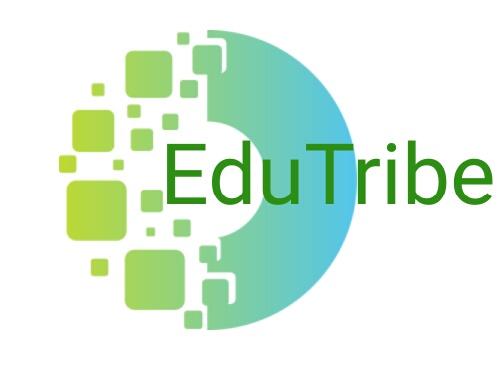Ancient Education Vs Modern Education
 |
| Ancient education |
Ancient education:
In ancient times, India had the Guru Kula system of education where anyone who wishes to study should have to go to a teacher's (Guru) house and had to request to be taught by a guru. If he/she accepted as a student (shishya) by the guru, he would then have to stay at the guru's place and help in all activities at home. This has not only created a strong bond between the guru and the shishya but also taught the student everything about running a house and most importantly facing the real problem in their real life.
The guru taught everything the child wanted to learn, from Sanskrit to the Holy Scriptures and from Mathematics to Metaphysics. The students have to stay as long as he/she wished to or until the guru felt that he had taught everything he could teach for taking the challenges everyday life. All the learnings were closely linked to nature and to life, and it is not only confined to memorizing some information or gaining the knowledge.
The modern school system came to India, including the English language too, originally first by the Lord Thomas Babington Macaulay in the 1830s. The curriculum was confined to modern subjects such as science and mathematics, and subjects like metaphysics and philosophy were considered unnecessary. Teaching was confined to classrooms and the link with nature was broken, as also the close relationship between the teacher and the student.
Establishment of Modern education
The Uttar Pradesh Board of High School and Intermediate Education was the first Board set up in India in the year 1921 with jurisdiction over Rajputana, Central India and Gwalior. In 1929, the Board of High School and Intermediate Education, Rajputana, was established. Later, boards were established in some of the states. But eventually, in the year 1929, the board was amended and it was renamed to Central Board of Secondary Education (CBSE). All schools in Delhi and some other regions came under the Board. It was the function of the Board to decide on things like curriculum, textbooks and examination system for all schools affiliated to it. Today there are thousands of schools affiliated to the Board.
Universal and compulsory education for all children in the age group of 6-14 was a cherished dream of the new government of the Republic of India. This is evident from the fact that it is incorporated as a directive policy in article 45 of the Constitution. But this objective remains far away even more than half a century later. However, in the recent past, the government appears to have taken a serious note of this lapse and has made primary education a Fundamental Right of every Indian citizen. The pressures of economic growth and the acute scarcity of skilled and trained manpower must certainly have played a role to make the government take such a step. The expenditure by the Government of India on school education in recent years comes to around 3% of the GDP, which is recognised to be very low.
New schemes and development in Education in India
 |
| Right to Education |
In recent times, several major announcements were made for developing the poor state of affairs in education sector in India, the most notable ones being the National Common Minimum Programme (NCMP) of the United Progressive Alliance (UPA) government. The announcements are,
1. To progressively increase expenditure on education to around 6 percent of GDP
2. To support this increase in expenditure on education, and to increase the quality of education, there would be an imposition of an education cess of all central government taxes.
3. To ensure that no one is denied of education due to economic backwardness and poverty.
4. To make the right to education a fundamental right for all children in the age 6-14 years.
5. To universalize education through its flagship programmes such as Sarva Shiksha Abhiyan and Mid-Day Meal.



